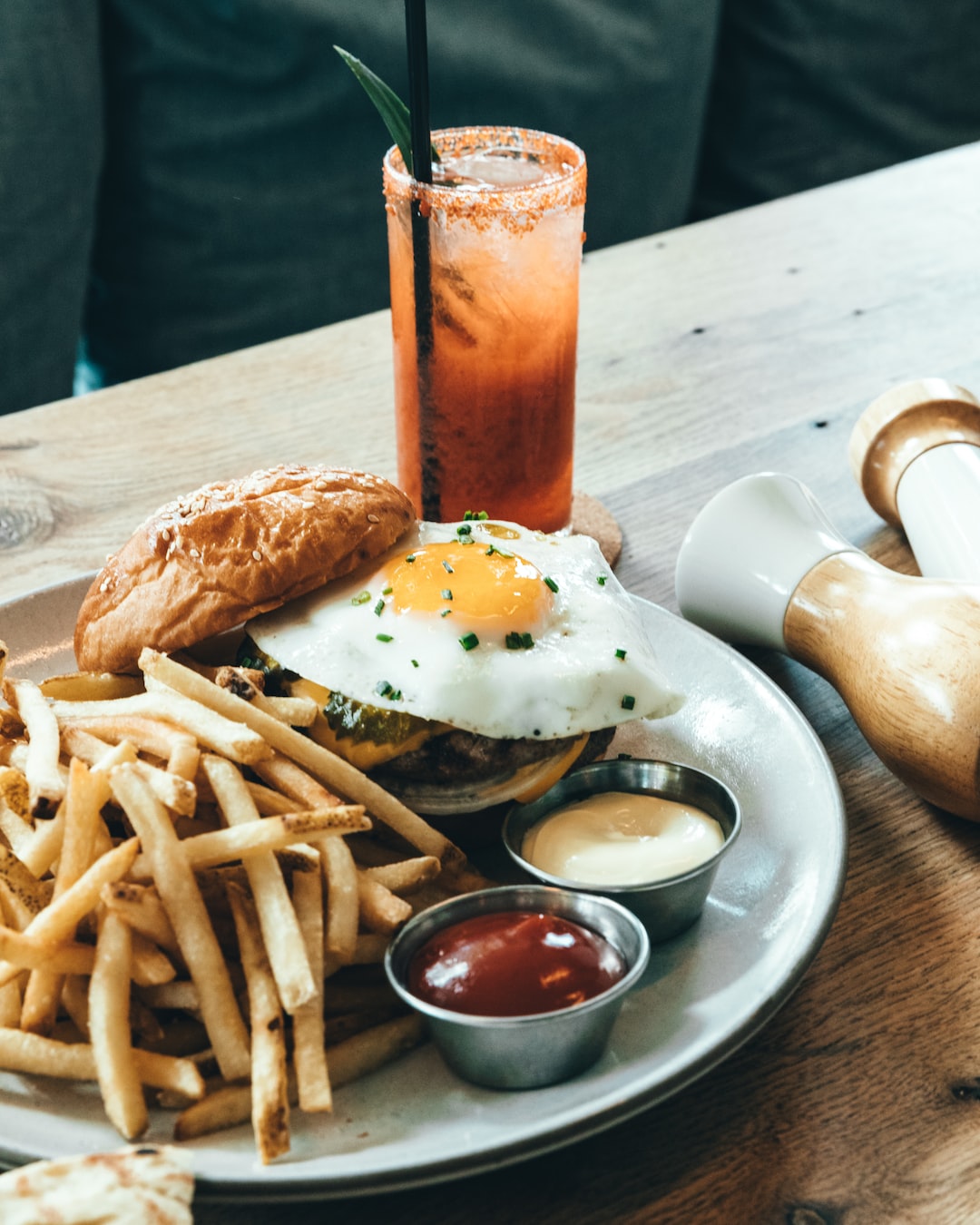If you’re planning a gathering or hosting a party, creating a stunning cheese platter is a guaranteed way to impress your guests. Cheese platters not only offer a variety of flavors and textures but also provide an elegant and visually appealing centerpiece for your table. In this blog post, we will guide you through the process of creating a stunning cheese platter that is sure to be the highlight of your next gathering.
1. Select a variety of cheeses: The first step in creating a cheese platter is selecting a variety of cheeses. Aim for a mix of different flavors and textures such as soft, hard, creamy, and crumbly. Consider including a range of cheeses like Brie, Camembert, Cheddar, Gouda, and Blue cheese. Be adventurous and try some unique and artisanal cheeses to add an element of surprise to your platter.
2. Consider accompaniments: Cheese pairs well with various accompaniments that enhance its flavors. Include a variety of complementary items such as fresh and dried fruits, nuts, honey, jams, and chutneys. For example, figs, grapes, sliced apples, walnuts, and a drizzle of honey can instantly elevate the flavors of your cheese platter.
3. Play with different textures and colors: Creating a visually appealing cheese platter is as important as considering the flavors. Mix and match cheeses with different textures and colors to create an eye-catching display. For instance, combine a soft and creamy Brie with a crumbly blue cheese, or pair an orange-hued Cheddar with a pale white goat cheese.
4. Consider the presentation: Serving your cheese platter on a beautiful and rustic wooden board or a sleek marble slab can add a touch of elegance to your gathering. Arrange the cheeses in different sizes and shapes, making sure to leave enough space between each cheese for easy selection. Use separate knives for each cheese to maintain the integrity of their individual flavors.
5. Offer a variety of bread and crackers: To accompany the cheese, provide an assortment of bread and crackers. Include options such as baguette slices, artisanal bread, crispy breadsticks, and a selection of crackers. Consider offering gluten-free options to cater to any dietary restrictions or preferences.
6. Provide tasting notes: If you have a selection of unique or lesser-known cheeses, offering tasting notes can be a thoughtful addition to your cheese platter. Create small cards that provide information about each cheese, including its origin, flavor profile, and recommended pairings. This will not only inform your guests but also ignite interesting conversations around the platter.
7. Keep it fresh and replenished: Cheese platters should be served at room temperature, so make sure to take them out of the refrigerator at least an hour before serving. To maintain freshness, cover the platter with a food-safe dome or plastic wrap until it’s time to serve. Periodically check and replenish the platter to ensure your guests always have a delightful selection at hand.
8. Serve with wine or beverages: Wine and cheese make a classic pairing, so consider offering a variety of wines that complement the flavors of your cheese platter. Choose red, white, and sparkling wines to cater to different preferences. It’s also a good idea to provide non-alcoholic options and water for those who prefer different beverages.
Creating a stunning cheese platter for your next gathering doesn’t have to be daunting. With a variety of cheeses, complementary accompaniments, and a beautiful presentation, you can create an unforgettable experience for your guests. So, let your creativity flow and delight your guests with an exquisite cheese platter that will be remembered long after your gathering ends.

